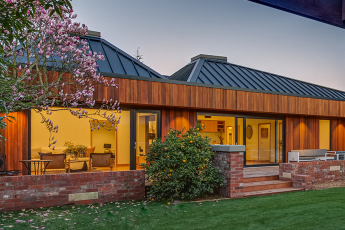How to Leverage Solar Energy in Rental Properties
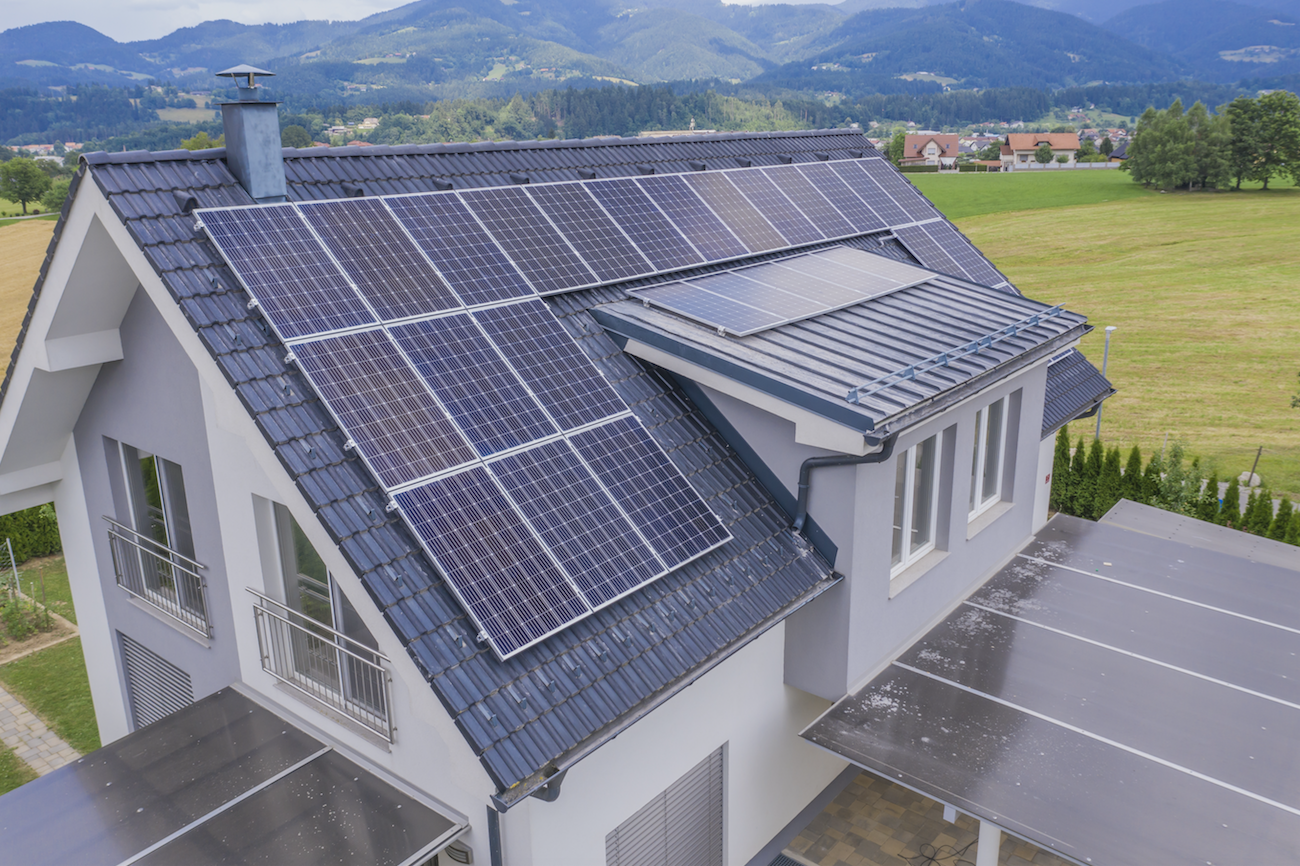
Solar panel installation has become increasingly popular among households to lower energy expenses and carbon emissions in recent years!
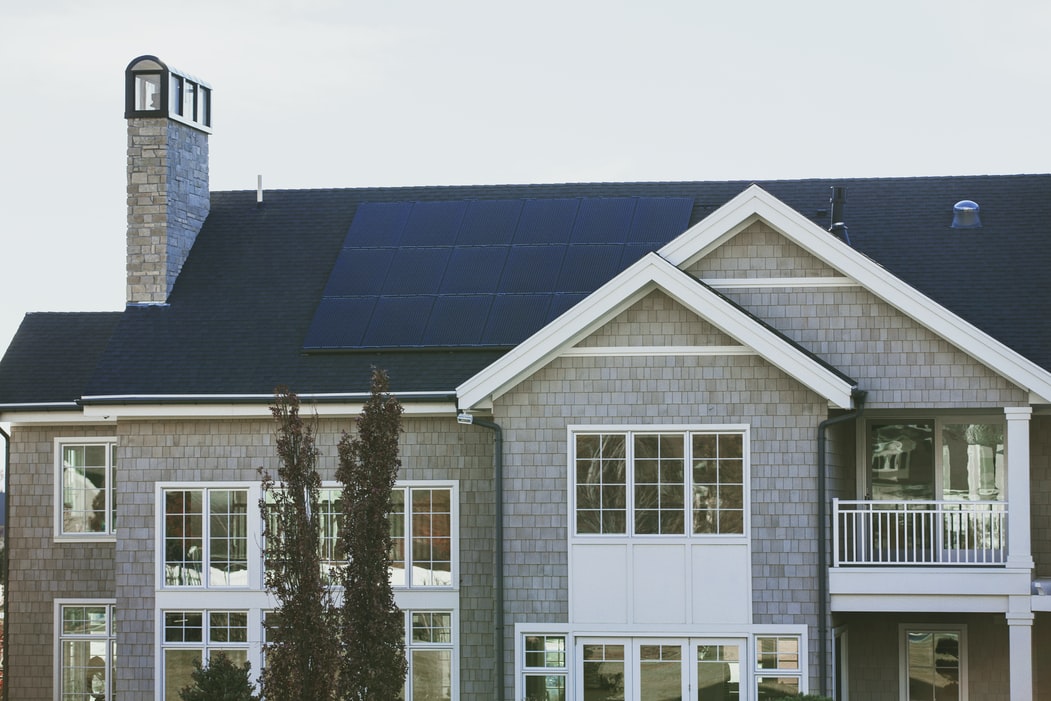
However, solar panels on the roof of a property used as a rental property are still uncommon, even though more private homeowners are installing them. The main reason for this is that many owners of investment properties need to perceive any benefit to adding solar panels to their rental homes. After all, tenants, not landlords, are responsible for paying the electrical costs. Therefore, landlords do not view the installation of solar panels as advantageous to them.
Despite the widespread assumption that solar panels are expensive, landlords can gain significantly from installing them on their rental properties and save money for their renters. Join us as this post discusses leveraging solar energy in rental properties.
How to Leverage Solar Energy in Rental Properties
Draw in and Keep Renters
Rental properties with solar panels will undoubtedly attract quality prospective renters because of the rise in popularity of solar energy and its advantages. Living in a green home may appeal to many tenants.
Renters will also appreciate the monthly utility bill savings. Many renters won’t want to move out of a home with solar panels because of the benefits, such as a battery backup system in case of a power outage. Renter turnover and associated costs will decrease by attracting and keeping tenants, saving the landlord money.
Boosts the value of properties
You might still gain in the short term from the growth in your home’s value, even though it might take a few years to recoup the cost of installing solar panels on your rental properties. You can enhance the value of your property by considering this energy-saving option.
Homes with solar panels are particularly appealing to potential purchasers, just as they are to tenants. This can increase the marketability of your house and put you in a better position to get a higher selling price.
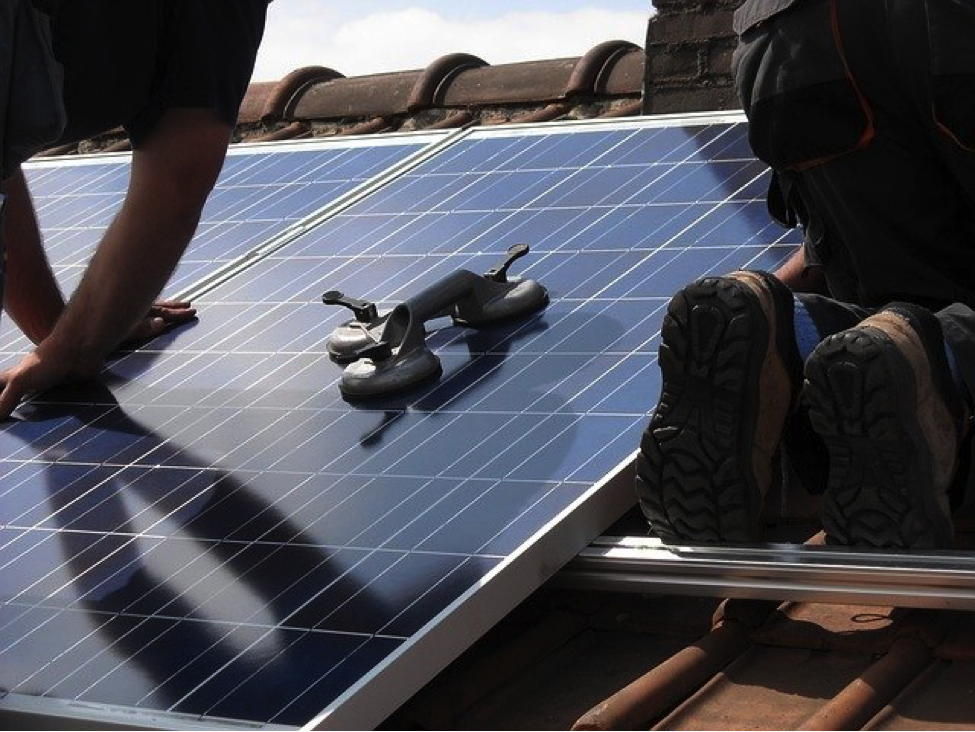
Cutting Back on Carbon Footprints
We can lessen our carbon footprint by installing solar panels on rental homes, which is one of the main reasons landlords do so. Many of us ask what we can do to protect the environment when we notice climate change’s effects. Fossil fuel consumption is frequently required for electricity production, adding greenhouse gases to the atmosphere.
You can lessen your environmental impact by ensuring your rental homes can access renewable energy sources like solar. Even though the solar panels’ electricity savings won’t directly benefit you, you can still feel good about yourself for helping the environment. However, additional financial advantages come with solar panel installation on your rental property.
Factors to Consider
Location
Solar panels function best in regions with broad sunshine coverage. Therefore, an area receiving enough solar radiation is necessary for them to operate at their best. Solar users have more significant sway in locations with an average yearly sunlight distribution. They wouldn’t need to rely on the primary grid for their power source if they installed sufficient solar equipment. Anyone planning to install solar systems should ensure sunlight gets distributed evenly or consider employing more robust techniques to compensate for inefficient solar radiation.
To maximize the systems’ ability to receive solar radiation, qualified solar installation companies, and personnel ensure no obstructions in the installation regions. In addition, the installation surface should also be well inclined to optimize a favorable interaction angle between the sun’s rays and the system surface. Because of this, rooftops should be inclined in the desired way for the PV solar systems to function at their best.
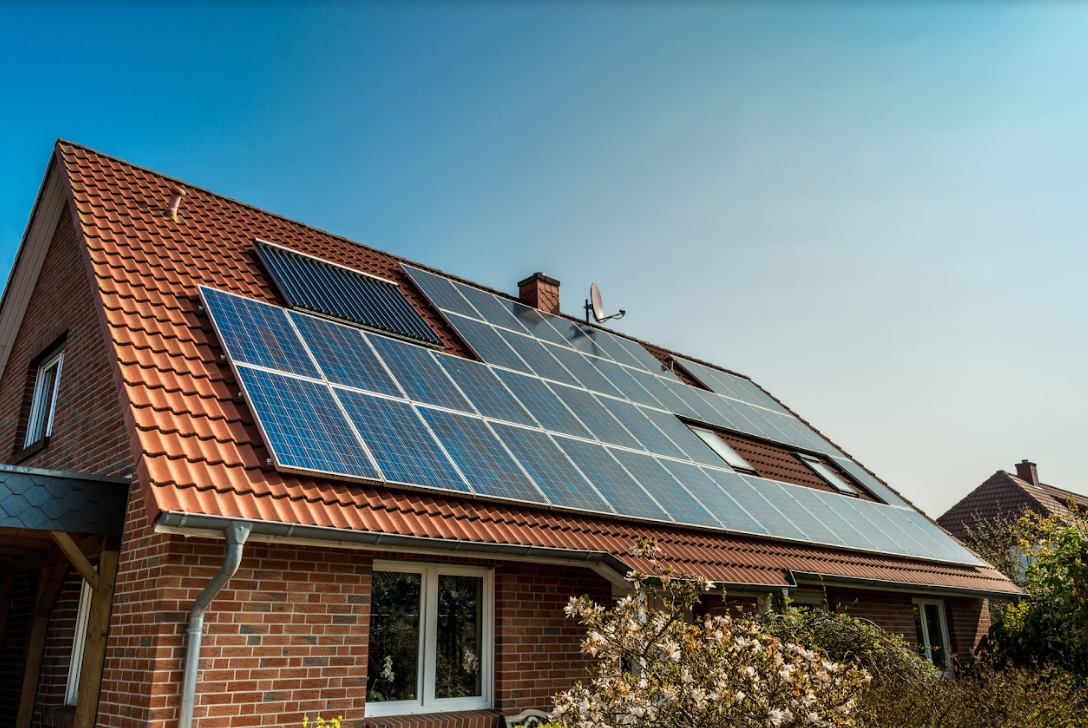
Shading
Suppose there is complete or partial shadowing over the solar panel. In that case, there will be a reduction in the solar system’s capacity to produce power. Therefore, when deciding how far apart to space solar panel arrays, it is essential to consider both the self-shadowing between solar panels and the shading caused by nearby buildings.
Due to the series wiring of the solar cells in a solar panel, shadowing the solar cells affects the current flow in a solar power system. If a panel is wired in series, like in a string, all other panels will experience the partial shade of that one panel. To solve this issue, stay as far away from shaded areas as possible when installing solar panels.
Roof Orientation
For people residing in the Northern Hemisphere, the solar panel’s orientation must face south because the sun is constantly in the southern region of the sky. Therefore, it is typically best practice to place solar panels facing south to capture the most overall sunshine.
The south-facing solar panels should be slanted between 30 and 40 degrees. This angle-specific tilt ensures that sunlight strikes the panels at a perpendicular angle, providing the most energy. These edges also make it easier for snow to slide off solar panels in northern latitudes during the winter.
In response to changes in the seasons, latitude, longitude, and sunshine hours, the angle of inclination of the solar panels might need to be actively adjusted.

Available Incentives
Consider available solar energy incentives in rental homes, as they significantly impact the project’s financial sustainability and appeal.
Numerous state and local governments provide additional incentives for solar systems. These could be low-interest loans, grants, rebates, sales tax exemptions, or exemptions from real estate taxes. Investigate the incentives available in your area.
Also, take into account energy-efficiency initiatives that could support solar installations. For example, some incentives promote using energy-efficient equipment, insulation, and lighting, focusing on overall energy savings.
To fully grasp the incentives offered in your area, conducting research and speaking with local authorities, utility providers, and renewable energy organizations is crucial. In addition, please consider the eligibility restrictions, application procedures, and deadlines related to these incentives.
Final Thought
Going solar is worthwhile if you want to reduce your carbon footprint by committing to renewable energy. Solar energy is getting more affordable, making it a practical alternative for owners of investment properties to switch their rental homes to solar power. In addition to the environmental benefits, it is vital to consider the favorable financial incentives.


